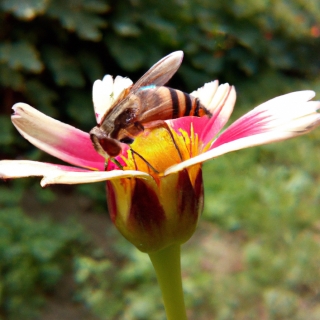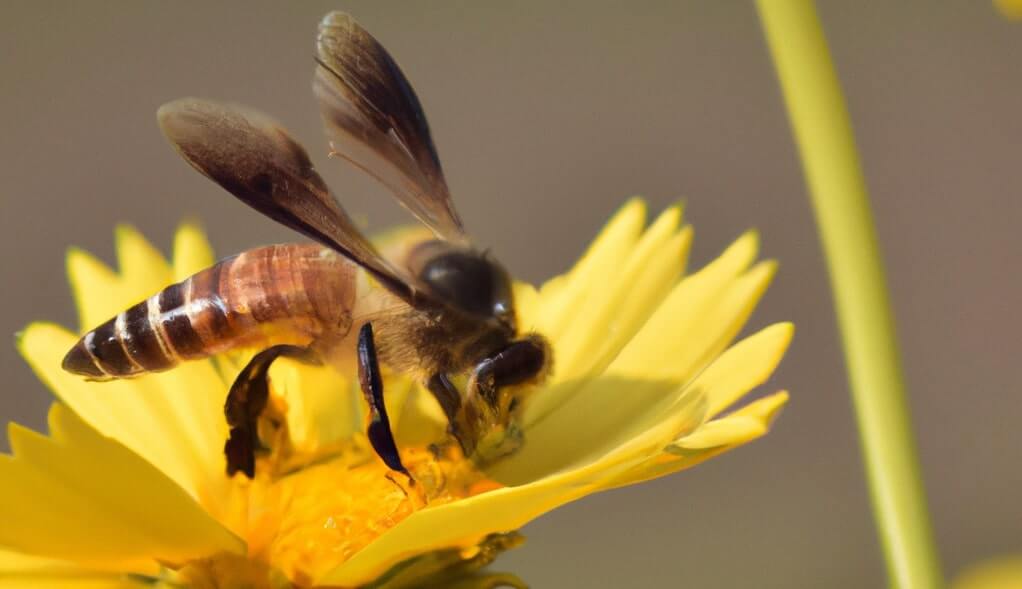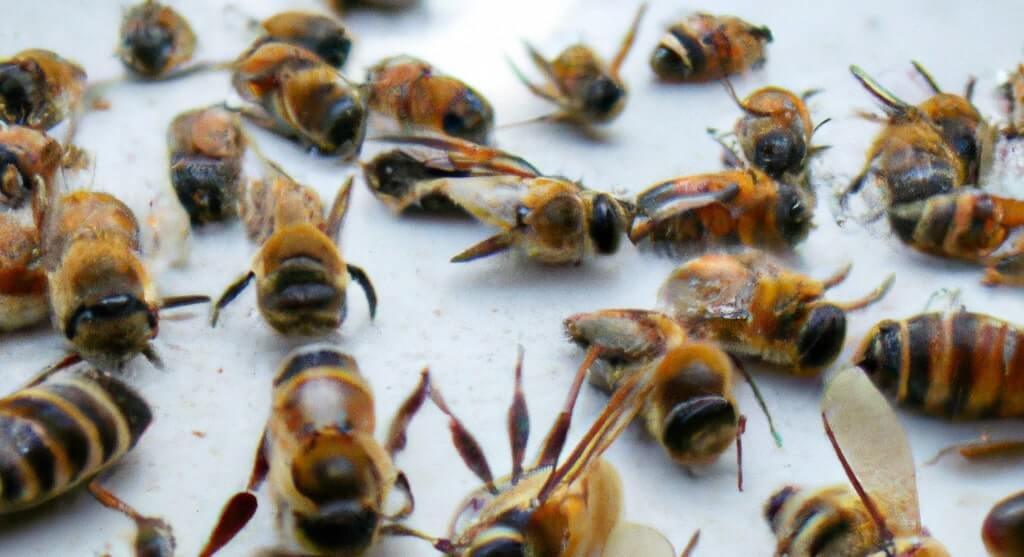
Importance of Bees in Nature
Bees are an essential part of the ecosystem, playing a crucial role in pollination, which is necessary for the growth and reproduction of plants. They are also vital to the agricultural industry, as they help to increase crop yields and improve the quality of fruits and vegetables. In this blog post, we will discuss the importance of bees and the various ways in which they contribute to the environment and human society.

Why are honeybees important?
- Pollination
Bees are one of the most important pollinators in the world, responsible for pollinating around 80% of all flowering plants. Pollination is the process by which pollen is transferred from the male parts of a plant to the female parts, allowing for the growth and reproduction of plants. Without bees, many plants would not be able to reproduce, leading to a decline in biodiversity and a reduction in the availability of fruits and vegetables.
- Agricultural industry
Bees play a vital role in the agricultural industry, as they help to increase crop yields and improve the quality of fruits and vegetables. According to the USDA, honeybees alone contribute over $15 billion to the U.S. economy through their pollination services. Without bees, many crops would not be able to grow, leading to a decline in food production and an increase in food prices.
- Ecological balance
Bees play a vital role in maintaining the ecological balance of the environment. They are responsible for pollinating plants, which in turn provide food and shelter for other animals. They also help to control pests and weeds, which can be harmful to the environment. The decline of bee populations can lead to a decline in biodiversity and a disruption of the ecological balance.
- Honey production
Bees are also known for their honey production, which is not only a source of food for humans but also a valuable commodity. Honey is used in a variety of products, including cosmetics and medicinal products. The decline of bee populations can lead to a reduction in honey production and a loss of income for beekeepers.

Threats to honeybee populations
- Pesticides
Pesticides are one of the main threats to bee populations, as they can be toxic to bees and other pollinators. Neonicotinoids, a type of pesticide commonly used in agriculture, have been linked to the decline of bee populations. These pesticides can be absorbed by plants and remain in the nectar and pollen, which can be toxic to bees when consumed.
- Habitat loss
Habitat loss is another major threat to bee populations. As human populations continue to grow, natural habitats are being destroyed to make way for housing and agriculture. This destruction of habitats can lead to a decline in the availability of food and nesting sites for bees, which can have a negative impact on bee populations.
- Climate change
Climate change is also a major threat to bee populations, as it can lead to a change in the timing of plant blooms and the availability of food for bees. This can result in a mismatch between the timing of bee emergence and the availability of food, which can lead to a decline in bee populations.
- Disease and parasites
Diseases and parasites can also be a threat to bee populations. Varroa mites, for example, are a major problem for honeybees, as they can transmit diseases and weaken the bees. This can lead to a decline in bee populations and a reduction in honey production.
Conclusion
Bees are an essential part of the ecosystem, playing a crucial role in pollination and the agricultural industry. They also help to maintain the ecological balance of the environment and produce honey, which is a valuable commodity.



